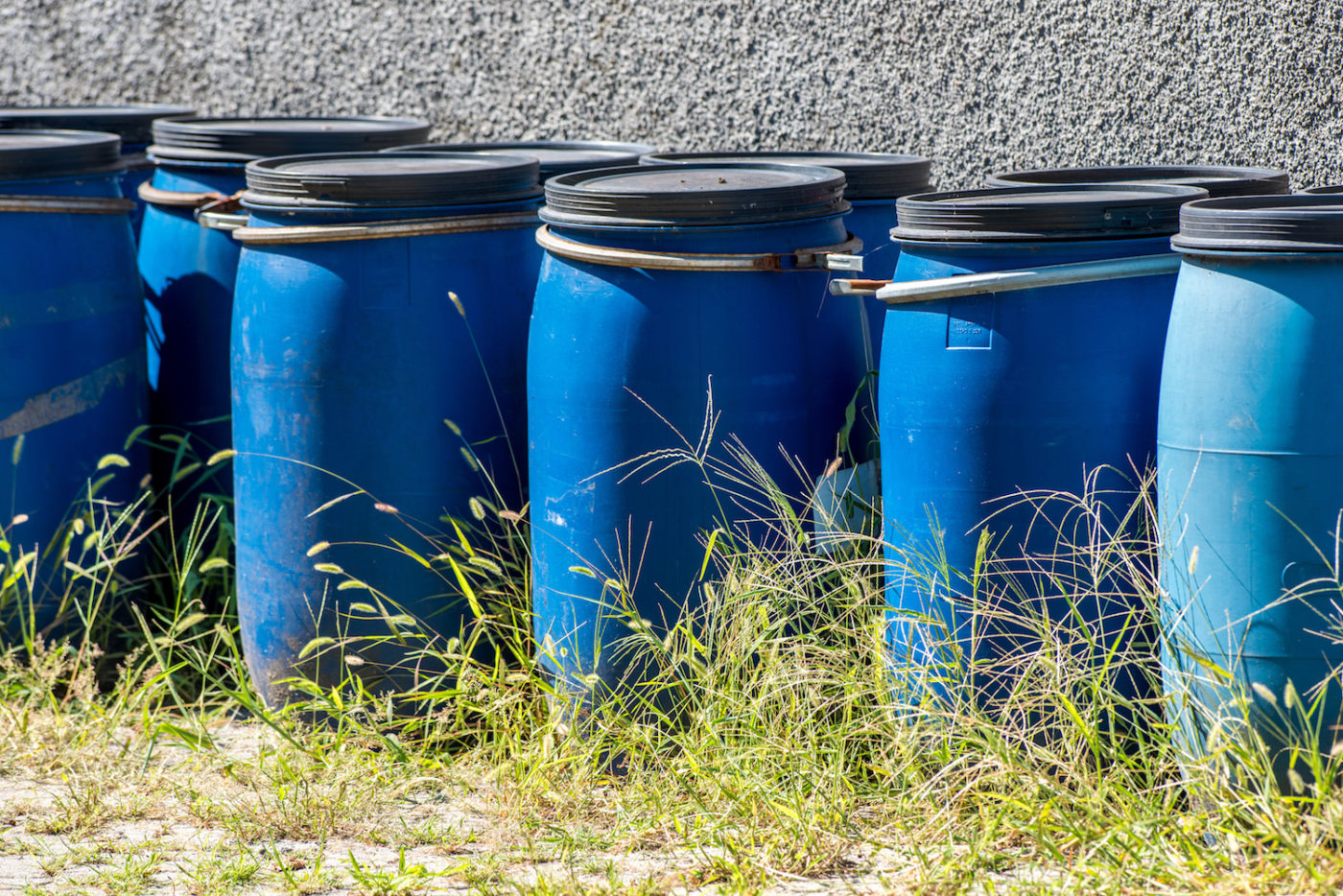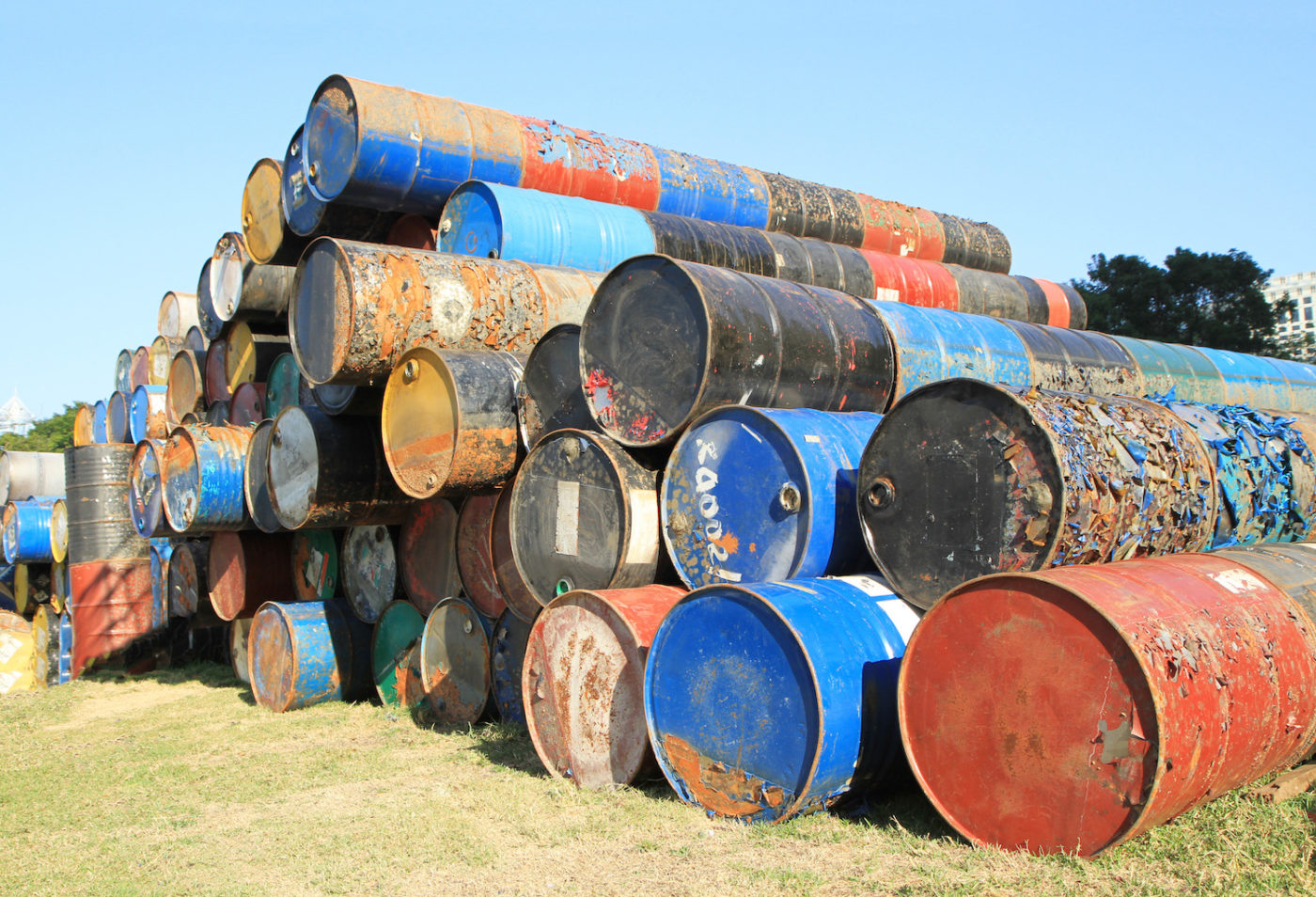Hazardous Waste Management
Consultech is a permitted waste transporter and offers a wide range of final waste disposal options that a generator may select, including incineration, beneficial reuse/recycling, aqueous, secure landfill, and all “Best Demonstrated Available Technologies,” as mandated by the EPA.
Consultech offers these options for aqueous material, contaminated solids and debris, tank bottoms, and other nonhazardous industrial waste and sludge. Additionally, we offer universal waste disposal including fluorescent light bulbs, specialty bulbs, batteries, computers, and other electronics.
Consultech can handle material in bulk as well as in drums, cubic yard boxes, or totes and can provide OTR transportation via our vacuum truck, trailers, and box truck.
As part of our full service approach, any facility used for final disposal of hazardous or non-hazardous wastes is audited for environmental compliance history, past land use, and financial stability. This process ensures that all wastes are properly disposed of in an environmentally sound matter. Additionally, at the client’s request, Certificates of Disposal, Destruction, and/or Recycling can be issued. These certificates document that the material transported to the facility was disposed of in a proper manner.
In addition to waste handling and disposal, Consultech also provides an integrated approach to finding solutions in compliance planning, investigation, remedial action and construction services as related to hazardous and solid wastes.
- Waste Characterization and Minimization
- Waste Generator Inventories
- Hazardous & Non-Hazardous Waste Packaging, Disposal and Transportation
- Liquid Waste Pumping
- Contaminated Soil Transportation and Disposal
- Lab Packs
- Tank Bottoms
- Universal Waste
- Sludge Stabilization
- Roll Off Can Services
- Contract Management Services
- Recycling Services
- Landfill Assessment & Monitoring
- Brownfields Management

Representative Projects
National Institute of Environmental Health Sciences
Project consists of the annual contract for the transportation and disposal of hazardous, nonhazardous, radiological and universal waste. The waste streams are generated as part the organizations continuing efforts in the research and development of various cancer related and health related cures. The work consists of the characterization, profiling, manifesting, and labeling, repackaging, transportation of disposal of various waste streams. Pick-ups of waste are done by an on-call basis, and after being scheduled, a time is set for the pick-up of those items. This is a base year contract, with 5 option years for renewal.
USCG Elizabeth City, North Carolina
Project consisted of cleaning and removal of all tanks, chemicals, elevated flooring and ancillary items within chemical plating operations room. Work includes pumping of various acids and bases into DOT approved shipping containers, construction of an outdoor, temporary waste storage area with secondary containment, hazardous waste characterization, sampling, manifesting, transportation and disposal. Cleaning, removal and temporary storage of all tanks, piping, fiberglass catwalk grating system, and chemical fume hoods and ancillary items. After all items were cleaned and removed the entire interior of the shop was decontaminated by power washing of all remaining surfaces. Portions of work were conducted in level C personnel protective equipment.
USCG Elizabeth City, North Carolina
Work consisted of the removal of hazardous explosive dust from the blasting operations of helicopters and aircraft parts that had accumulated in the suspended ceiling area over the blast bay. The area of concern was approximately 10,000 square feet in size and 19 feet off the blast bay floor. All of the dust was collected via high efficiencies particulate air (HEPA) vacuums and HEPA filtration negative air machines. The work was conducted while in Level “C” personnel protective equipment for the duration of the project. A rolling tower scaffold was erected and placed on the bay floor of the blast area immediately beneath the suspended ceiling where the crew was working above it as a safety device in the event a crew member should go through the suspended ceiling. The tower scaffolding was moved as needed as the work progressed throughout the blast bay. All remediated waste was sampled, characterized and placed into cubic yard boxes for transportation and disposal to a permitted Part “B” facility. The project was conducted without impacting the daily production schedule for the blasting and stripping operations. Project duration was 4 weeks.

